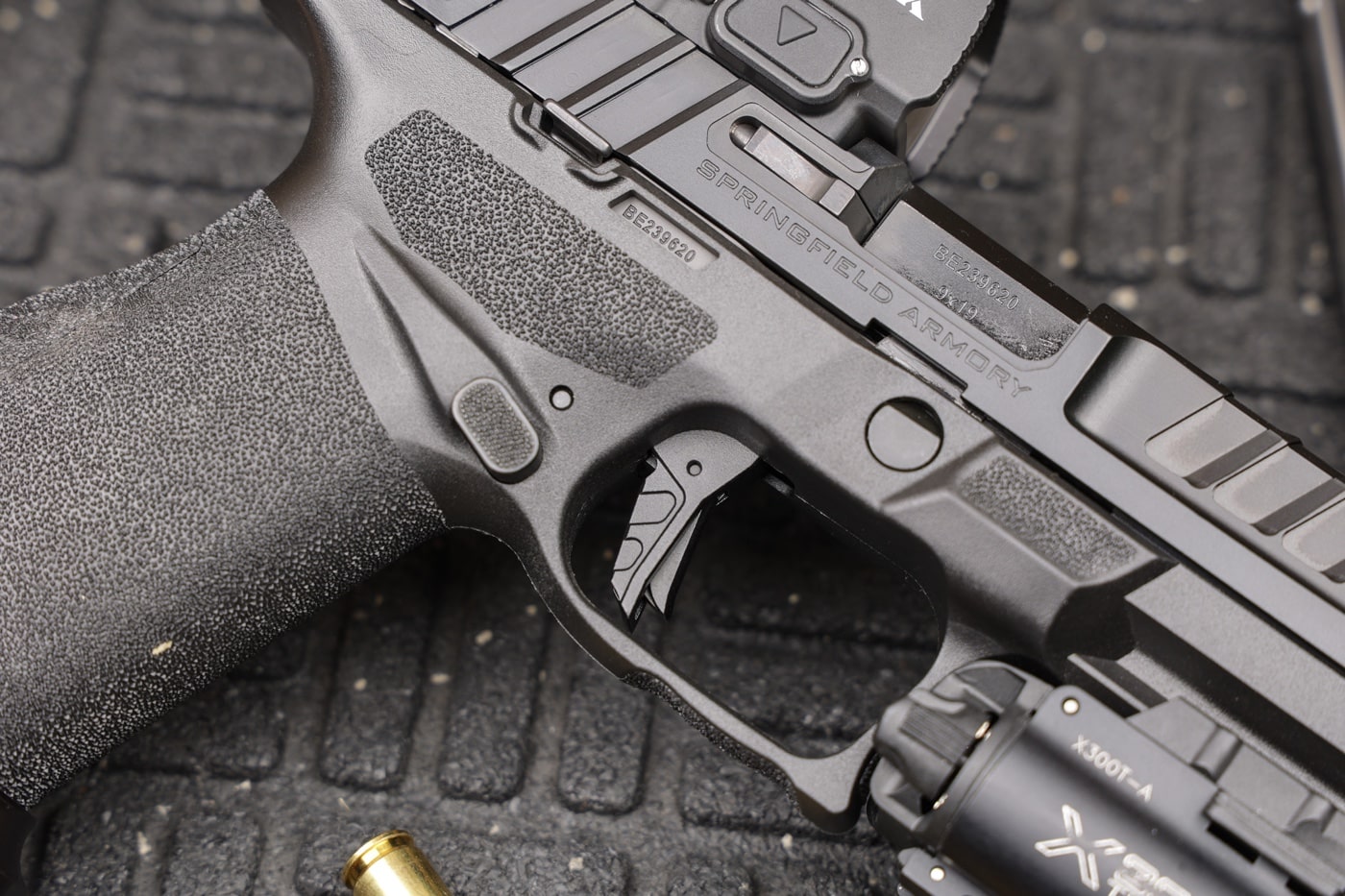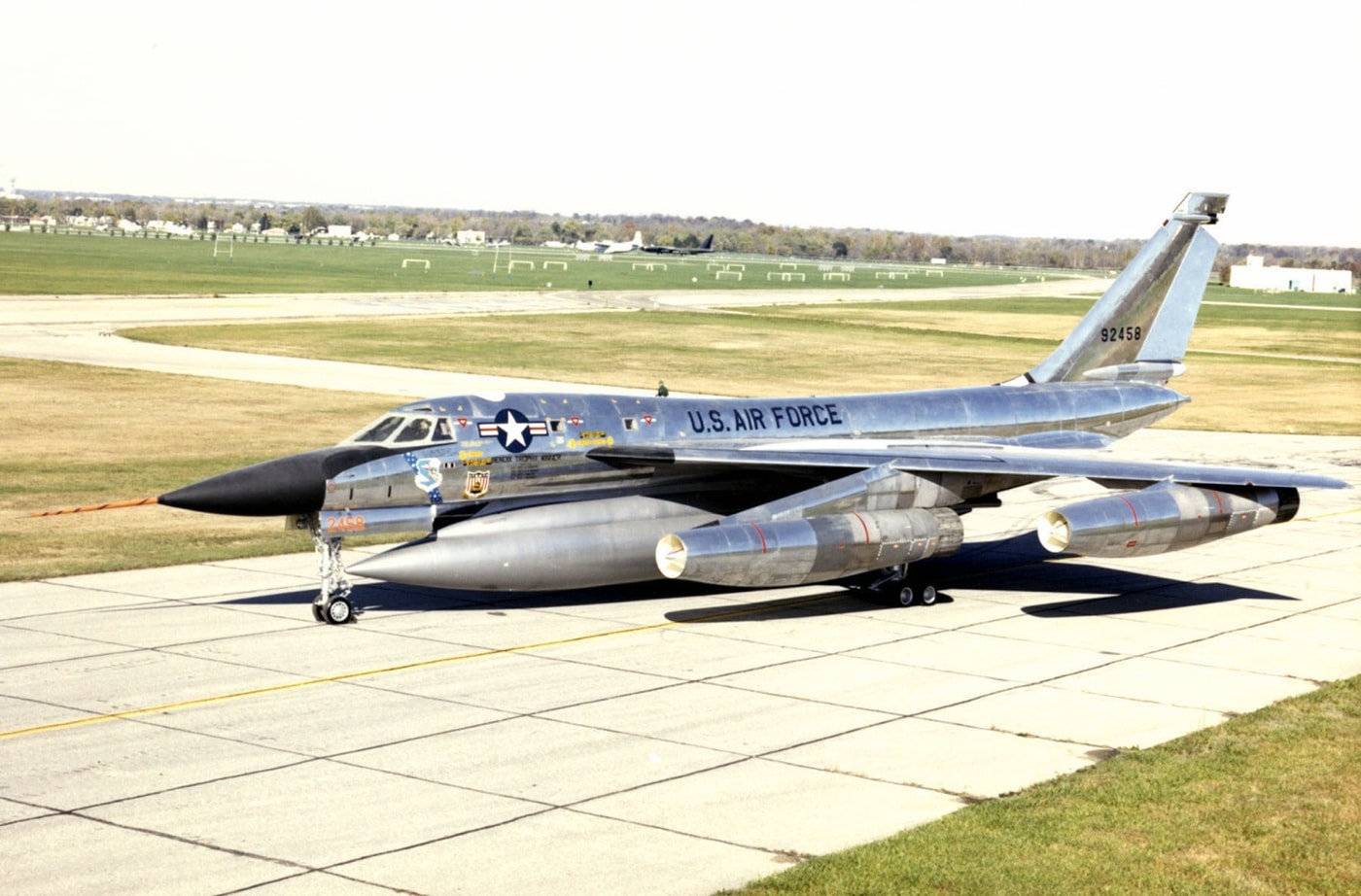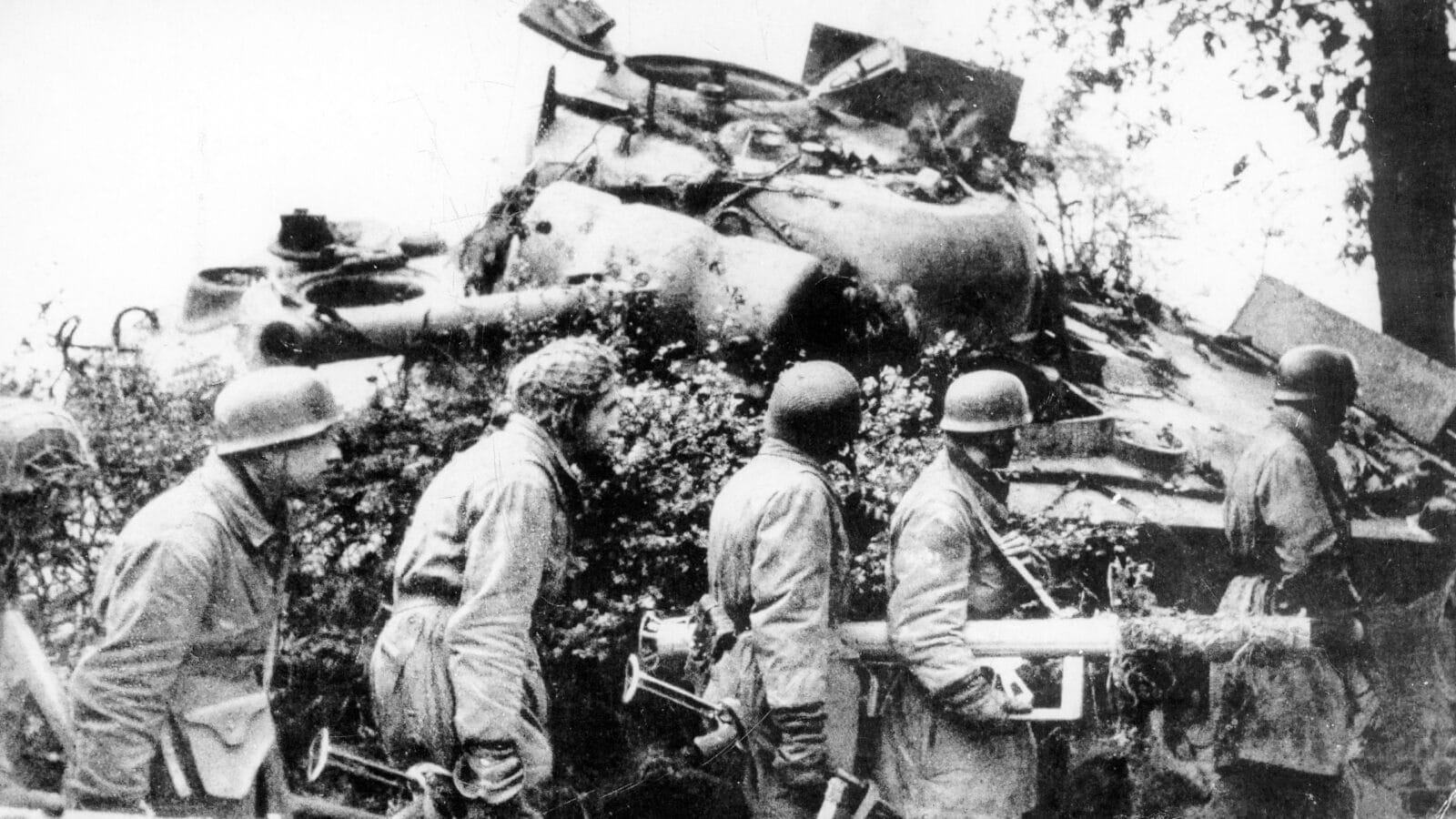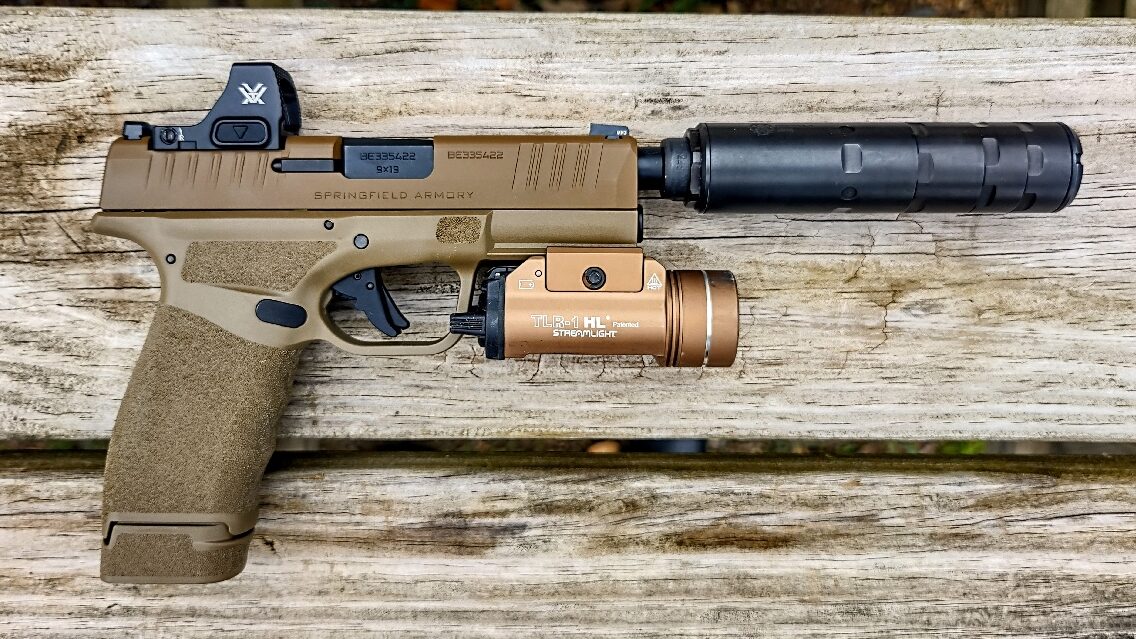The article "How to Shoot on the Move" by Hunt Fish Shoot discusses the importance and techniques of shooting while moving, which are essential for both self-defense and competitive shooting. Unlike static shooting on a flat range, real-world defensive scenarios require dynamic movement. It is critical for shooters to practice shooting while moving to ensure their shooting performance does not degrade in real situations.
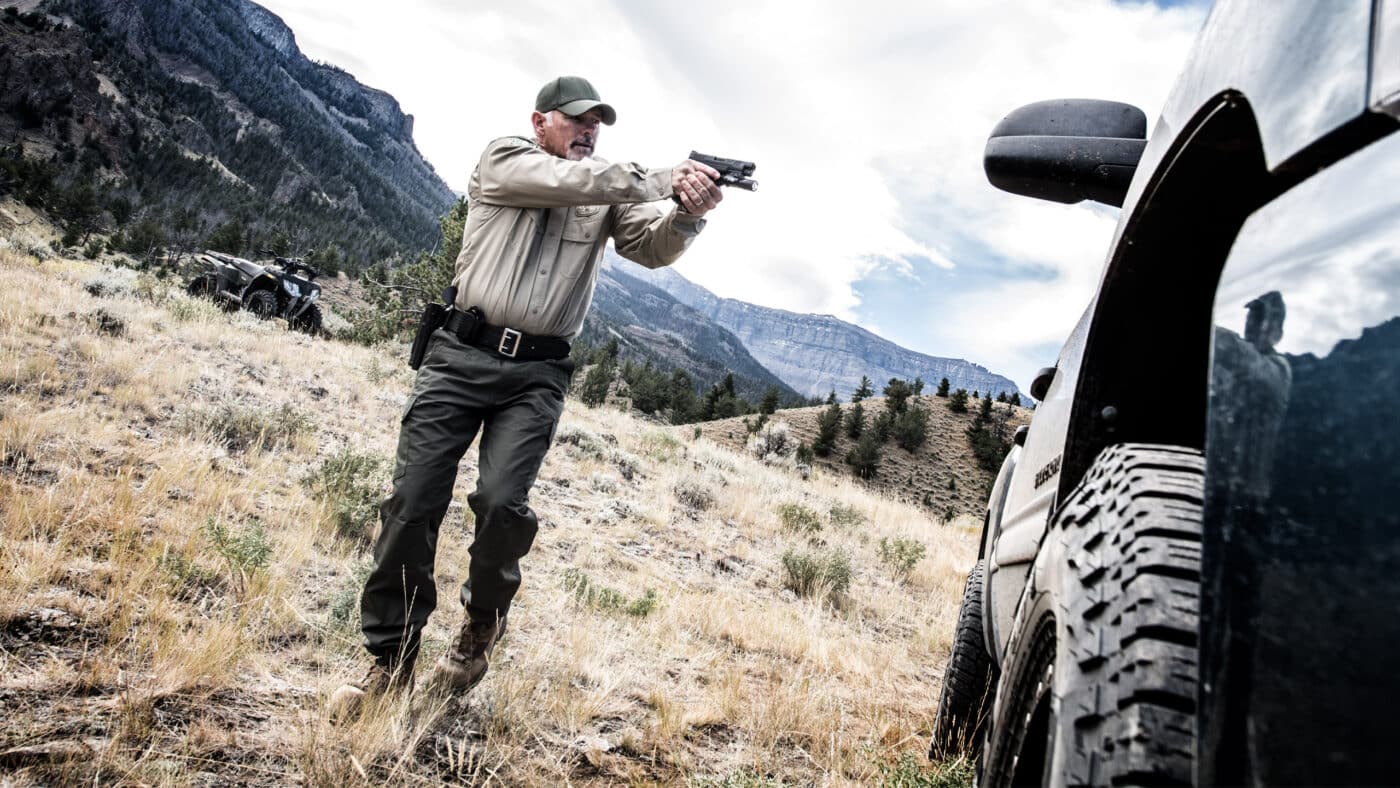
The most common firearm used for such training is a semi-automatic pistol. The author details the fundamentals of an effective shooting posture, stressing the importance of a relaxed stance similar to that used by top-level competition shooters like Rob Leatham. A proper shooting posture helps in better recoil management and shooting accuracy on the move. Foot placement, walking technique, and maintaining a slight bend in the knees while walking are crucial components discussed for minimizing gun bounce and maintaining a stable shooting image.
Additionally, the article encourages the use of realistic drills that incorporate movement in different directions, akin to real-life scenarios. Whether walking forward, backward, or laterally, the shooter should maintain form and sight picture to ensure precise shooting. Practicing with firearms like the Springfield Armory Echelon 4.5F pistol and using tools like the Lead & Steel PB-3 red dot sight can enhance training effectiveness. For more detailed tips and instructions, refer to the original article: How to Shoot on the Move - The Armory Life.
